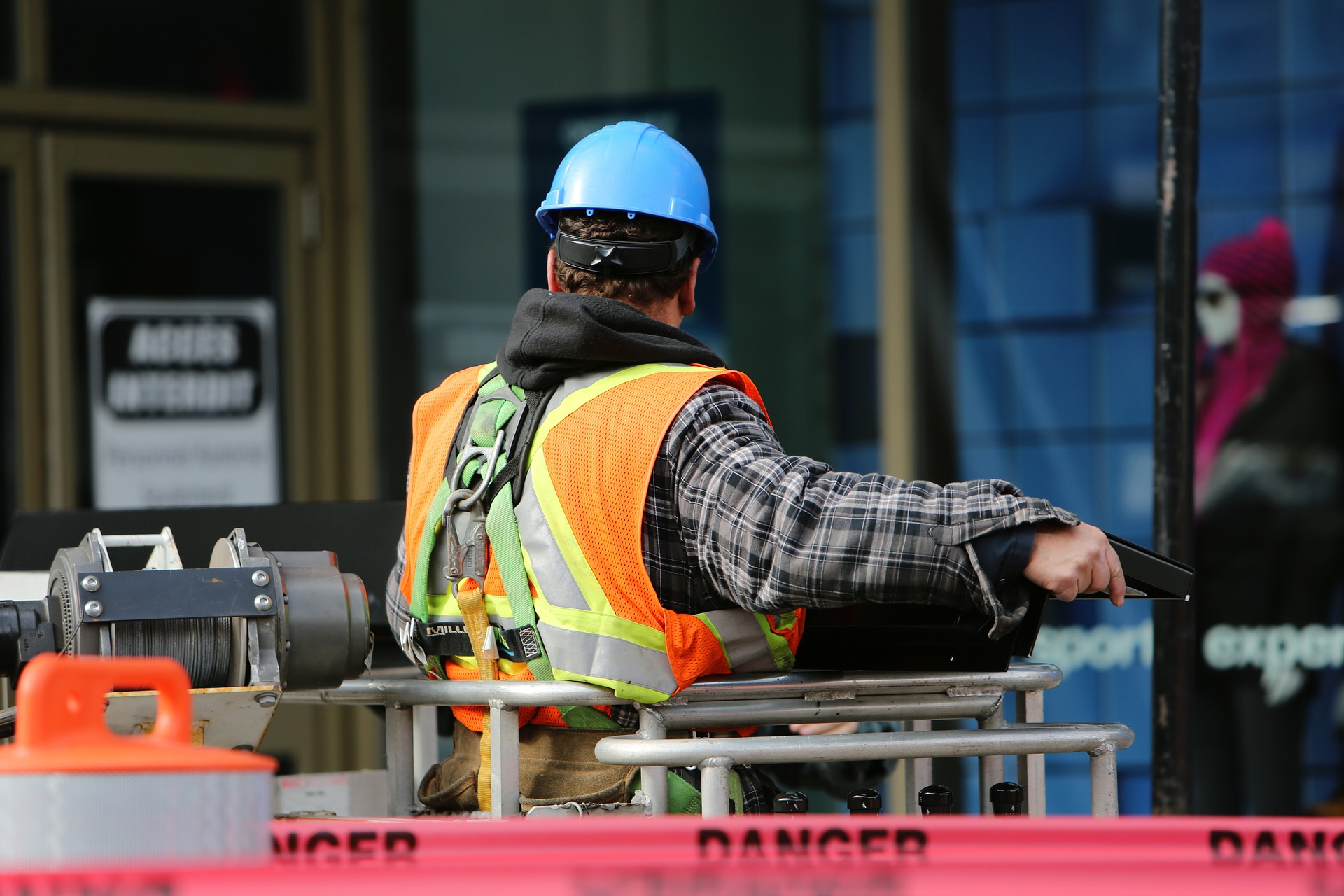Background
The recent Budget has confirmed that significant VAT changes for the building industry will be effective from 1 October 2019. The Domestic Reverse Charge (‘DRC’) is designed to combat missing trader VAT fraud in construction sector labour supply chains.
Following consultation with industry, HMRC has now published its guidance in relation to how the DRC will operate.
What does it all mean?
Getting it wrong could create an actual VAT cost. Should VAT be charged incorrectly by a sub-contractor, HMRC may rule that this is not VAT that can be recovered by the contractor creating an actual cost to the business. Penalty and interest charges could also be applied.
Supplies of standard or reduced-rated building services between VAT-registered businesses in the supply chain will not be invoiced in the normal way, but only where these payments are reported through the Construction Industry Scheme (‘CIS’).
Supplies between sub-contractors and contractors as defined by CIS will be subject to the DRC, unless they are supplied to a contractor who is an end user. End users are recipients who use the building services for themselves rather than selling as part of their onward supply of building/construction services.
Under the DRC a main contractor (customer) would account for the VAT on the services of any sub-contractor and the supplier does not invoice for VAT. The main contractor accounts for VAT on the net value of the supplier’s invoice and at the same time deducts that VAT – leaving a nil net tax position.
Type of work affected
The RC will apply to work such as construction, alteration, repairs, demolition, installation of heat, light, water and power systems, drainage, painting and decorating, erection of scaffolding, civil engineering works and associated site clearance, excavation, foundation works. The definitions have been lifted directly from the CIS legislation.
Excluded works
Some works will not be covered and invoicing for these will not change. These include professional services of architects or surveyors, or of consultants in building and engineering and many more, but the list will be clarified.
What do you need to do?
The above is a brief overview of the planned changes but it would be prudent for businesses who may be affected by these changes to fully understand how the DRC will work and the impact on invoicing, accounting and VAT reporting. You will also need to consider for example, how self-billing arrangements may be modified and how mixed supplies should be treated.
Although the new rules are not effective until 1 October 2019 it would be prudent for businesses to undertake a review now. This will allow sufficient time to implement changes to system processes and VAT reporting and to ensure that sub-contractors are also aware of the revised VAT treatment.
Should you have any queries on this or on any other VAT matter please do not hesitate to contact us.





